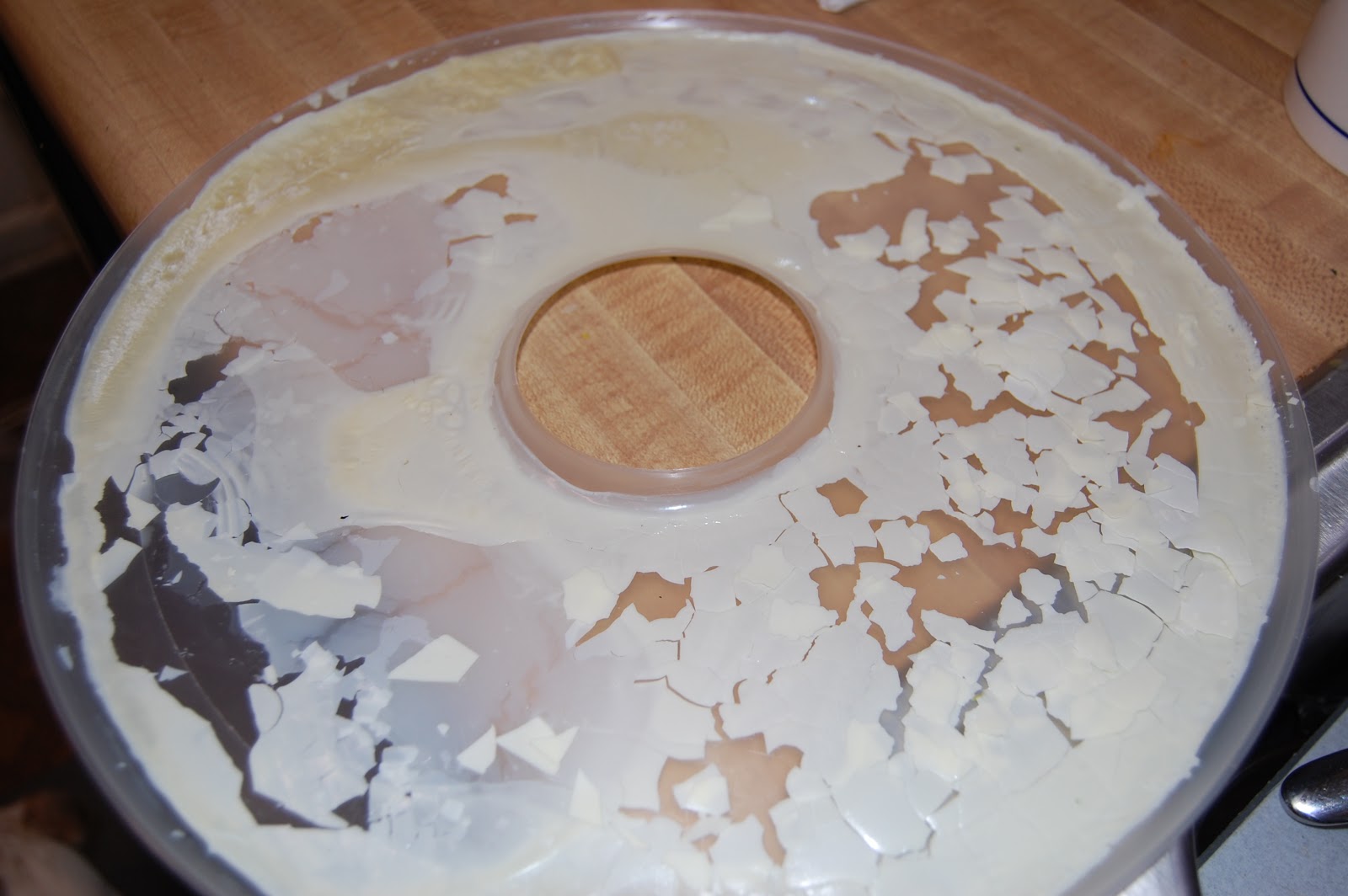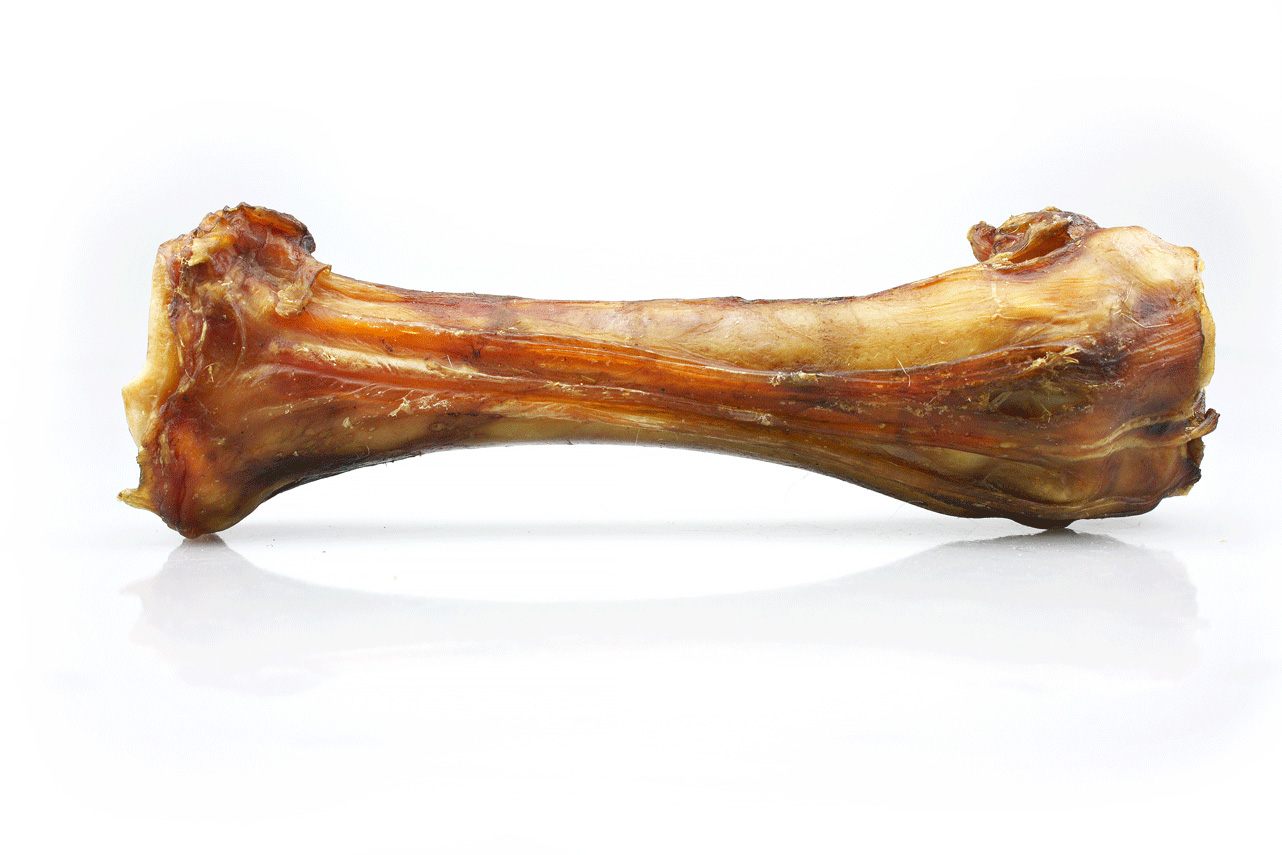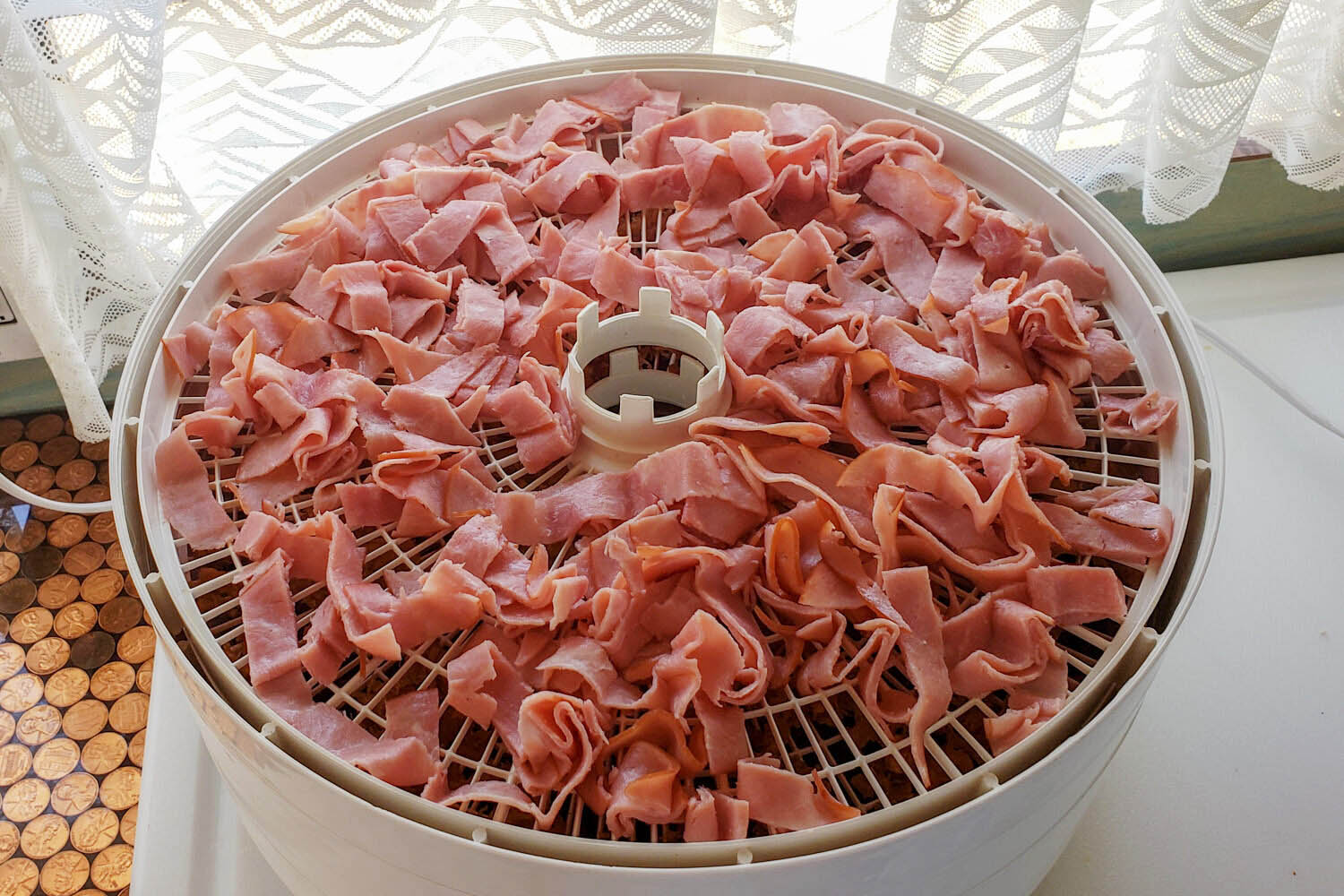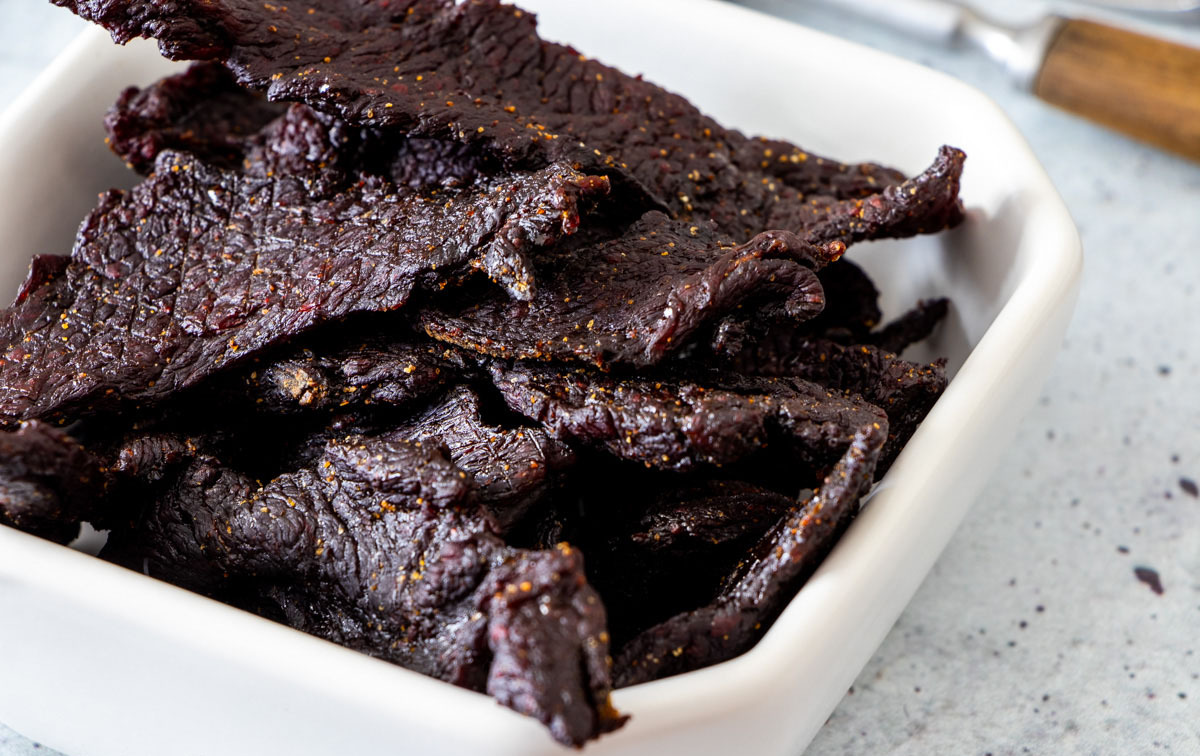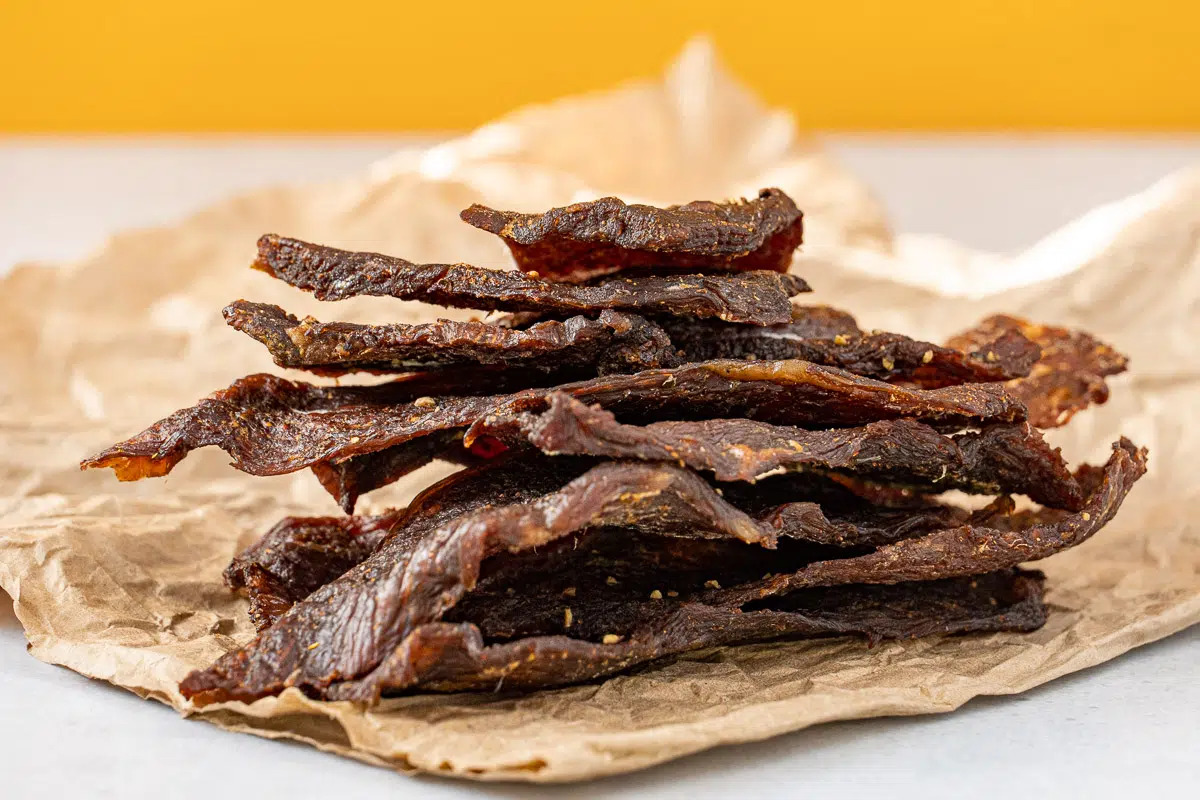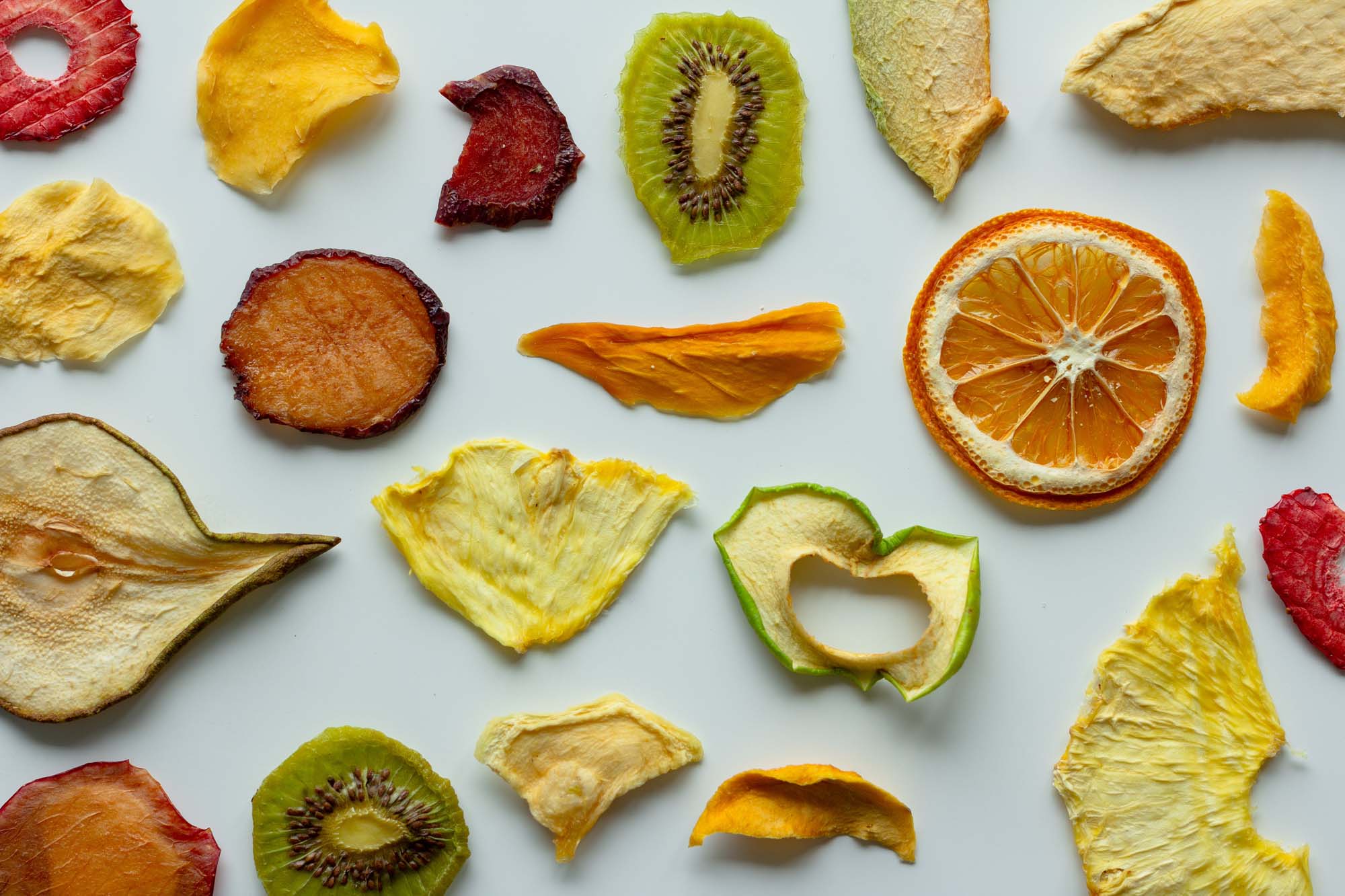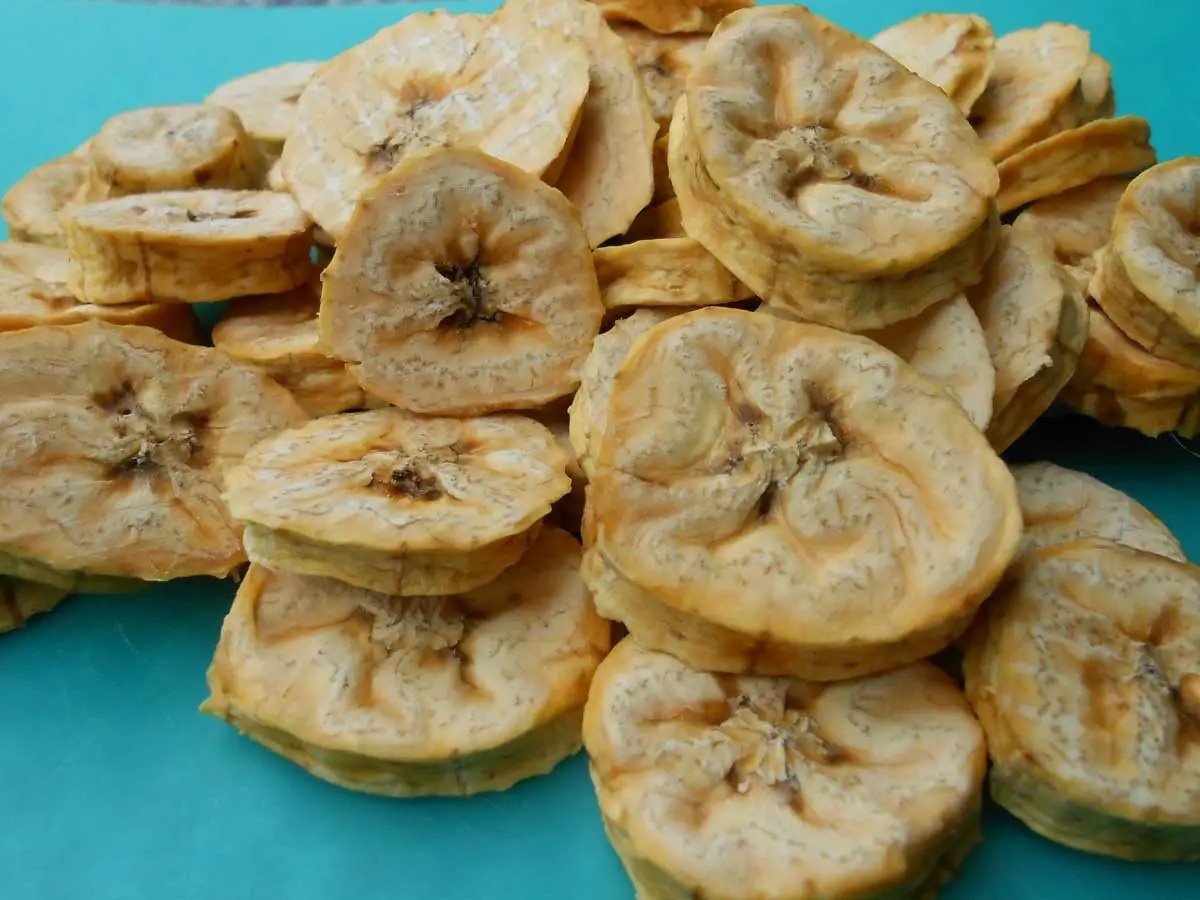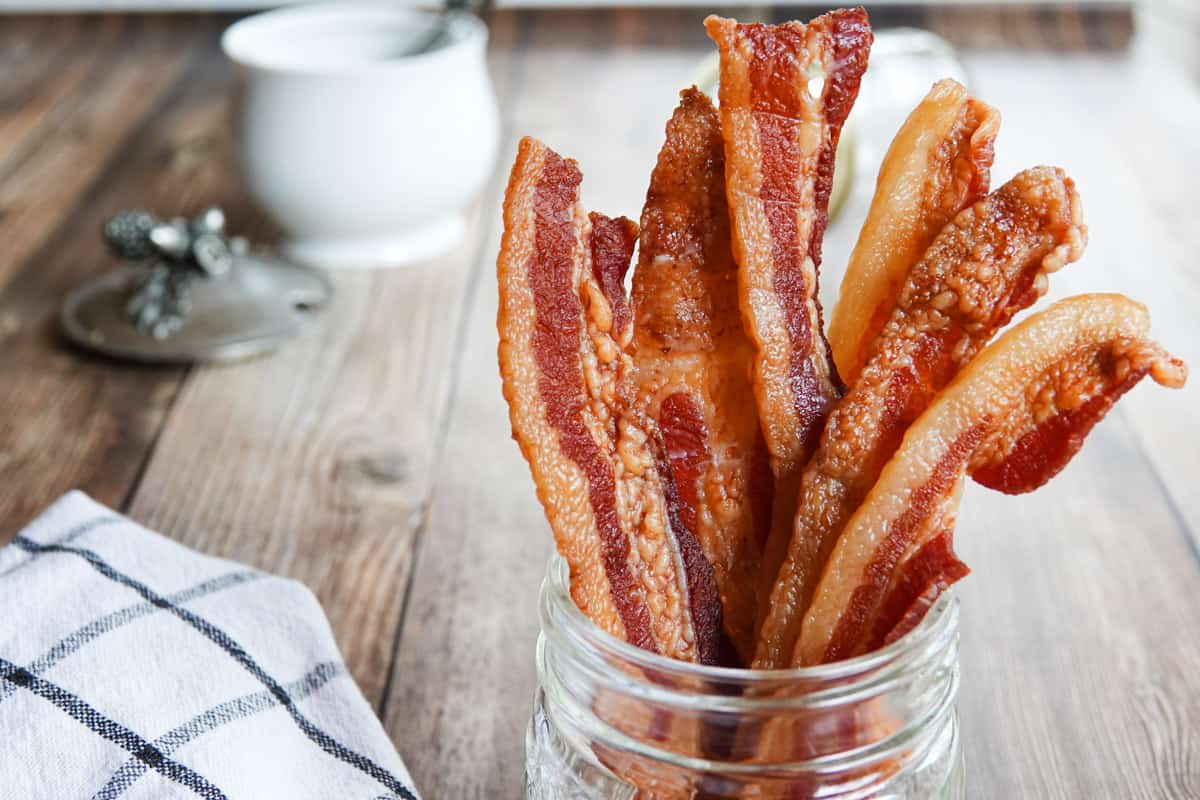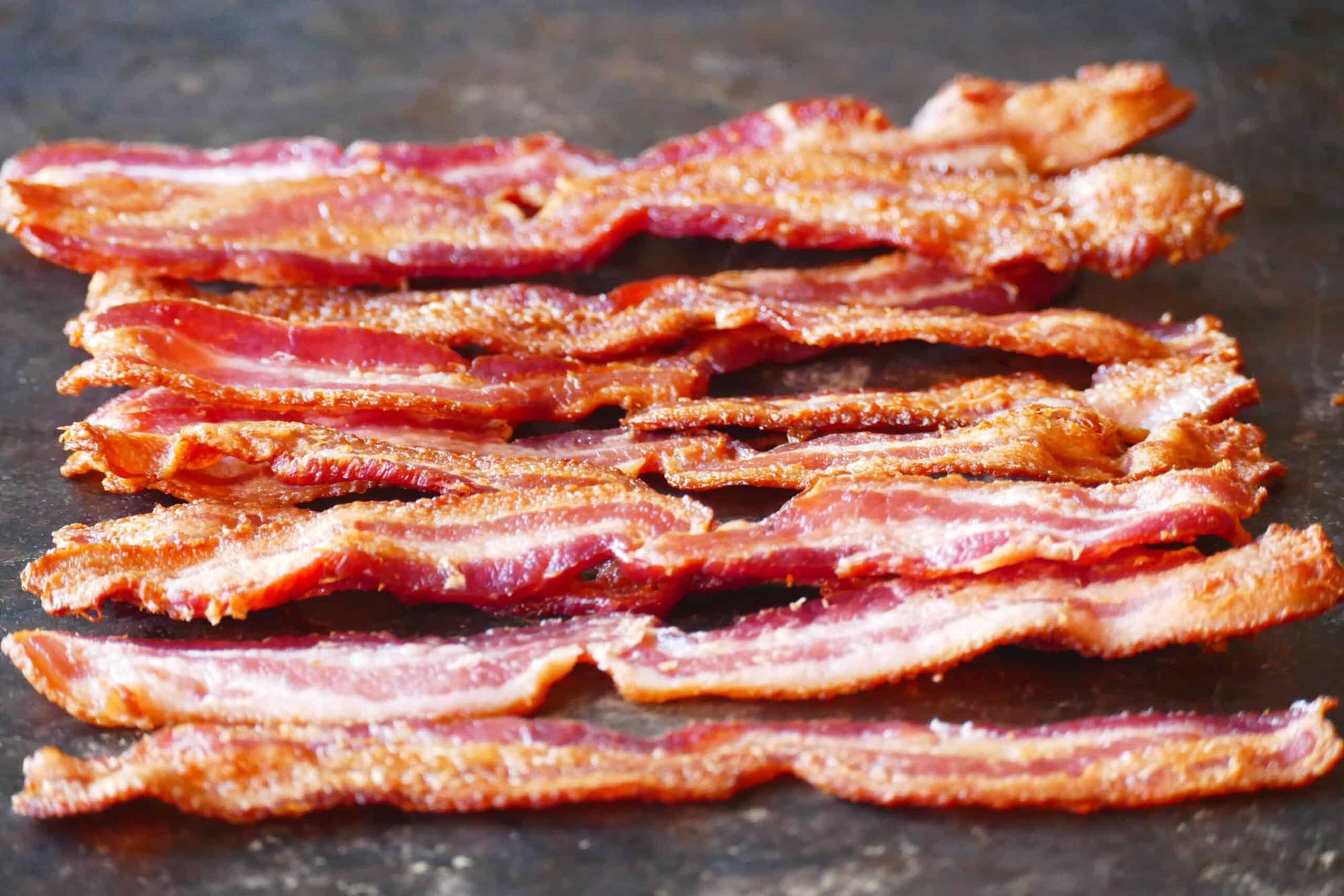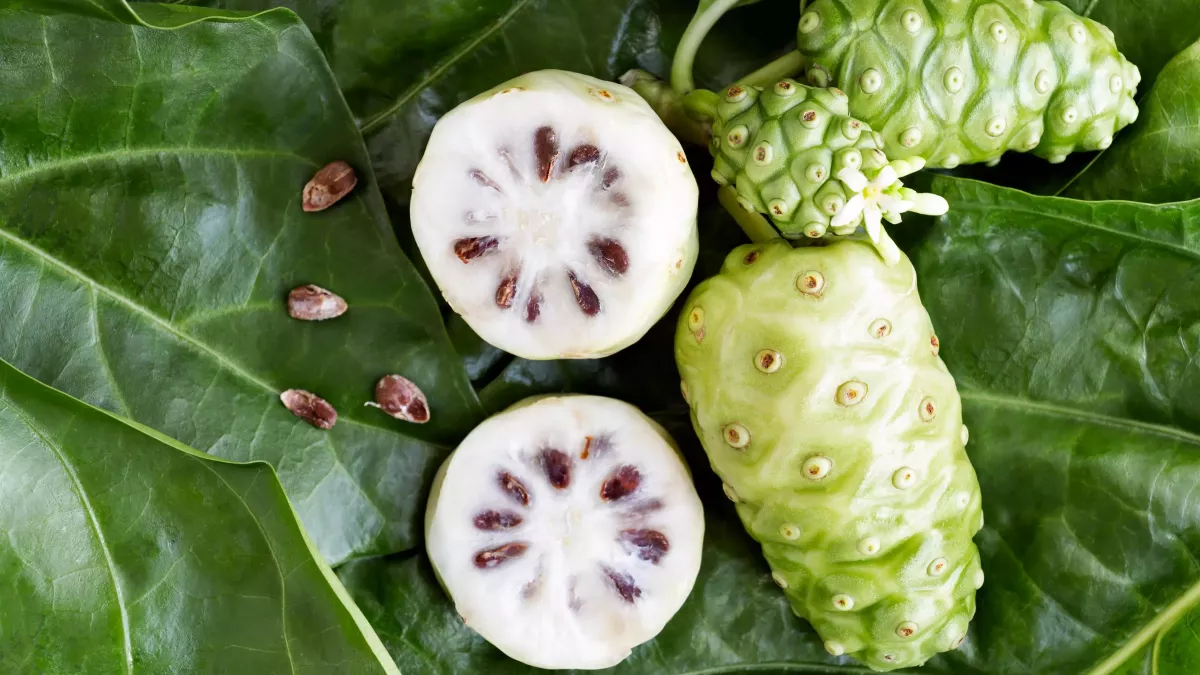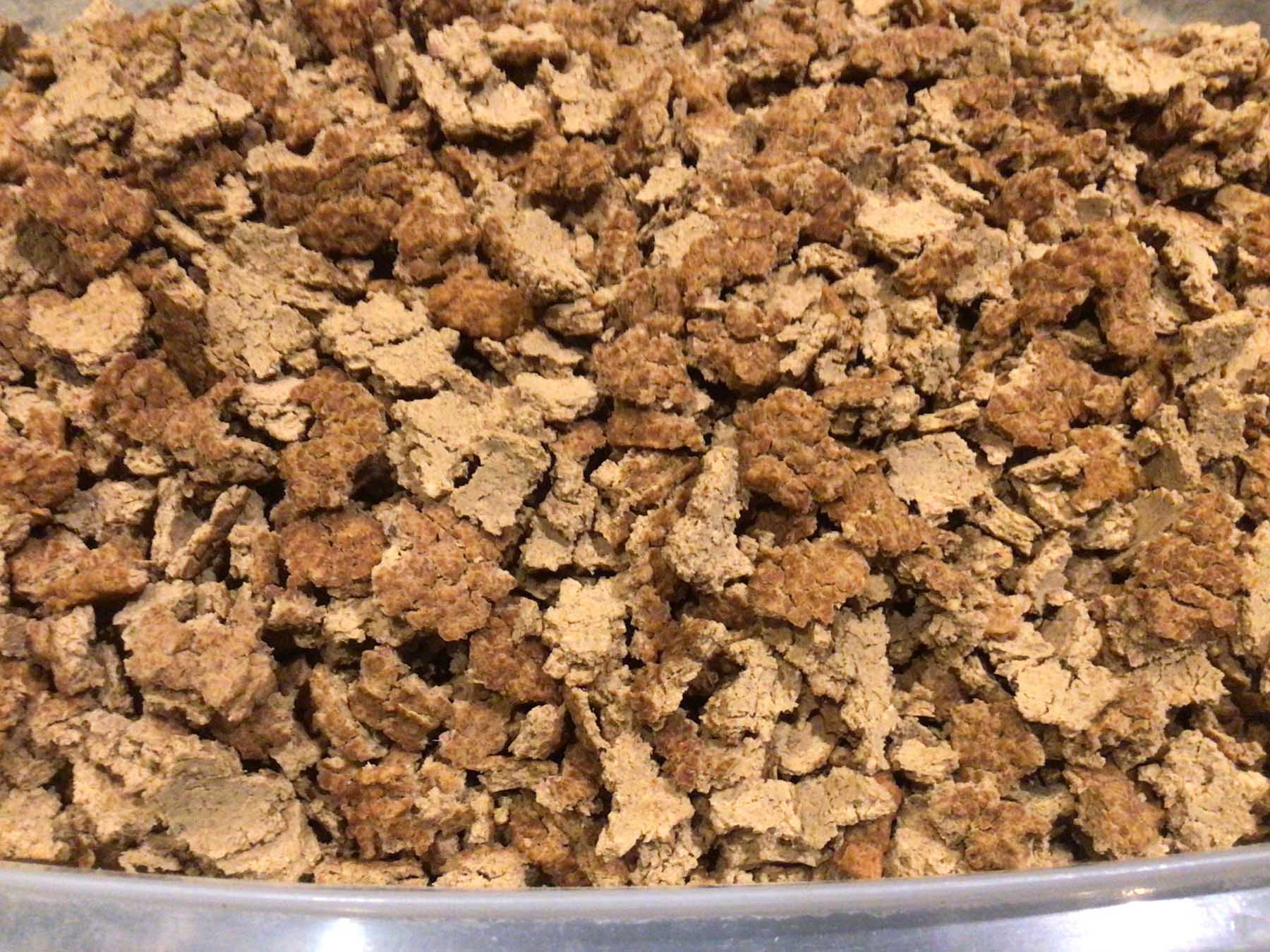Dehydrating Pork Jerky: A Delicious and Easy Process
Are you a fan of jerky but tired of the high prices and questionable ingredients found in store-bought options? Why not try making your own dehydrated pork jerky at home? Not only is it a fun and rewarding process, but it also allows you to control the quality of ingredients and customize the flavors to your liking. In this guide, we’ll walk you through the simple steps to dehydrate pork jerky in the comfort of your own kitchen.
Choosing the Right Cut of Pork
When it comes to making pork jerky, it’s important to start with the right cut of meat. Look for lean cuts such as pork loin or pork tenderloin, as they will dehydrate more effectively and result in a chewy, flavorful jerky. Trim off any excess fat to prevent spoilage and ensure a longer shelf life for your homemade jerky.
Marinating the Pork
Marinating the pork is a crucial step in the jerky-making process, as it not only infuses the meat with flavor but also helps tenderize it. You can create your own marinade using a combination of soy sauce, Worcestershire sauce, brown sugar, garlic powder, and black pepper. Feel free to experiment with different seasonings and spices to achieve your desired flavor profile. Once the pork is fully coated in the marinade, cover and refrigerate it for at least 6-8 hours, or preferably overnight, to allow the flavors to fully develop.
Slicing the Pork
After marinating, it’s time to slice the pork into thin strips. Aim for a thickness of around 1/4 inch to ensure even dehydration. A sharp knife or a meat slicer can be used for this step. If you prefer a chewier jerky, slice the meat against the grain; for a more tender texture, slice it with the grain.
Dehydrating the Pork
Now comes the exciting part – dehydrating the pork to transform it into delicious jerky. Arrange the marinated pork strips in a single layer on the dehydrator trays, leaving space between each piece to allow for proper air circulation. Set the dehydrator to a temperature of 160°F (71°C) and let the pork dry for 4-6 hours, or until it reaches your desired level of chewiness. Keep an eye on the jerky towards the end of the dehydration process to prevent it from becoming too dry and brittle.
Storing and Enjoying Your Pork Jerky
Once the pork jerky has been dehydrated to perfection, allow it to cool completely before transferring it to an airtight container or resealable bags. Properly stored, homemade pork jerky can last for several weeks, making it a convenient and satisfying snack to have on hand. Whether you’re heading out on a hike, road trip, or simply need a protein-packed pick-me-up, your homemade pork jerky is sure to hit the spot.
Now that you’ve mastered the art of dehydrating pork jerky, feel free to experiment with different flavors and seasonings to create your own signature jerky recipes. With a little practice and creativity, you’ll be making mouthwatering pork jerky that rivals any store-bought variety. So, roll up your sleeves, fire up the dehydrator, and get ready to enjoy the delicious rewards of homemade pork jerky!
For those looking to use the guide on dehydrating pork jerky, there are several standout recipes to try. The Classic Teriyaki Pork Jerky offers a timeless flavor profile that's always a hit. If you're into bold, spicy flavors, the Spicy BBQ Pork Jerky and Sweet and Spicy Sriracha Pork Jerky provide a kick that will keep you coming back for more. For a blend of sweetness and tang, the Honey Garlic Pork Jerky and Pineapple Teriyaki Pork Jerky are excellent choices. Those who enjoy a smoky taste should definitely give the Smoky Paprika Pork Jerky a go. Each of these recipes takes full advantage of the dehydration process to deliver a delicious, long-lasting snack that's perfect for any occasion.
Was this page helpful?
Read Next: How To Dehydrate Sausage In Oven

